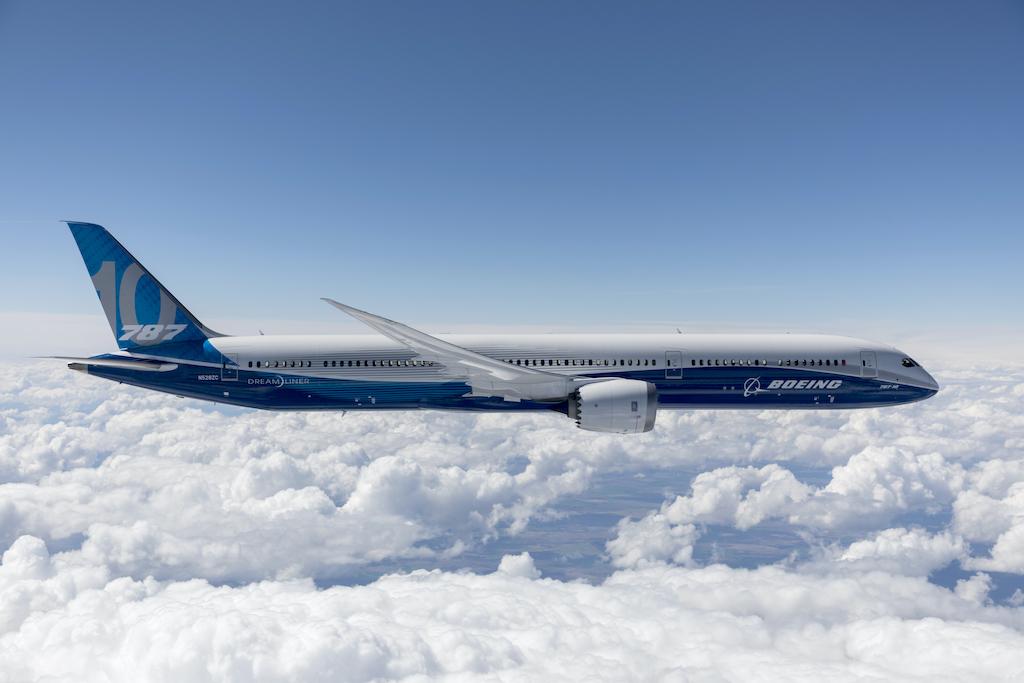
787
Credit: Boeing
Aircraft manufacturers and operators face the likelihood that many of the radio altimeters currently installed on aircraft will have to be retrofitted with filters or replaced to protect against potential interference from 5G wireless transmissions, aviation technical experts say. Under...
Subscription Required
This content requires a subscription to one of the Aviation Week Intelligence Network (AWIN) bundles.
Schedule a demo today to find out how you can access this content and similar content related to your area of the global aviation industry.
Already an AWIN subscriber? Login
Did you know? Aviation Week has won top honors multiple times in the Jesse H. Neal National Business Journalism Awards, the business-to-business media equivalent of the Pulitzer Prizes.



